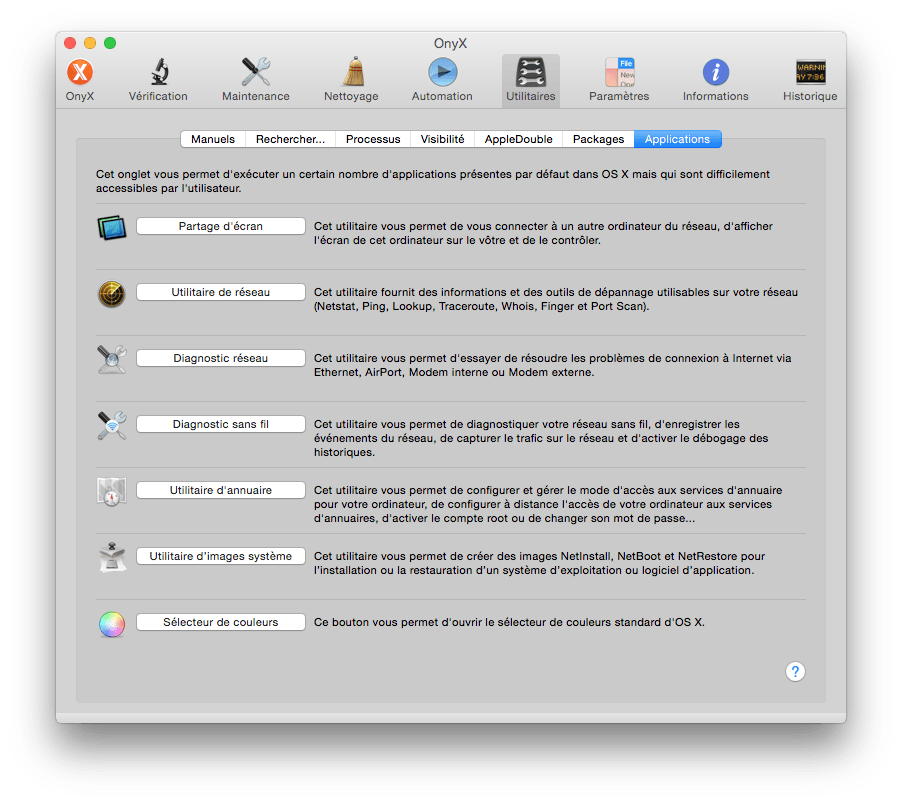

The video is embedded below and is also available directly on YouTube.ġ3 Tips to Optimize Your Mac After Yosemite Upgrade UPDATED 01.23.15 – Given the popularity of this article, I created a How-To video that goes over what is contained in this article. By the way, I have 8 GBs RAM, a 1 TB hard drive (that I upgraded myself), and an Intel Core i7 in my configuration. While I cannot guarantee that any of them will help you, do know that I did get my 2010 MacBook Pro running much better. After going through and compiling and testing some possible fixes, I thought it would make sense to list them all out here. Tips to optimize your Mac after Yosemite upgrade.Yosemite running slow after upgrading from Mavericks.Hopefully you found this article by doing searches like: So, I decided to do some research and some tests and have come up with 13 Tips to Optimize your Mac after Yosemite Installation. While I had been running the Developer Preview on my MacBook Air and had not encountered any issues, when I upgraded my 2010 MacBook Pro, I started noticing that it was slow, laggy and simply not performing the way it had under Mavericks (the previous Apple OS). But, as with any upgrade, there is always the possibility of having issues. And with it come a lot of nice new features, visuals and enhancements. As most of us know, Apple’s latest operating system Yosemite (10.10), a free upgrade from Apple, is now available.


 0 kommentar(er)
0 kommentar(er)
